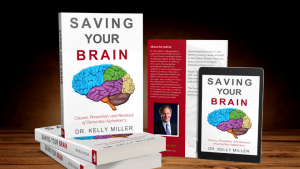Neurofeedback Therapy is a proven means of offering treatment for ADD and ADHD. This type of treatment is a form of biofeedback, in which auditory or visual stimuli are used to help train the mind to produce the appropriate brain wave patterns. It is non-invasive and does not present many of the side effects found in other treatments such as using pharmaceuticals to reduce ADD/ADHD symptoms. However, as with any treatment regime, there are both pros and cons to its use. Still, for many of those who are challenged by ADD/ADHD, the pros significantly outweigh the cons.
Proven Results
Perhaps the largest and most important pro to the use of neurofeedback therapy to help with ADD/ADHD is that it has been proven to provide results and results that are long term. This type of treatment has been studied for decades as a means of providing treatment for Attention Deficit and other disorders with a high degree of effectiveness. Numerous studies, including this one, have shown that neurofeedback is effective even when compared with pharmaceutical treatments. In addition to ADD/ADHD, this type of biofeedback has been used to treat brain injuries illustrating the versatility of these types of treatments in treating all types of different aspects concerning the brain.
Non-Invasive/No Side-Effects
Another pro, in favor, of using neurofeedback as means of treating ADD/ADHD is that it is a non-invasive procedure that produces no side effects. With pharmaceuticals, there are often side effects that can range in severity that can contribute to the already existing challenge of dealing with ADD/ADHD. However, neurofeedback therapy presents none of these concerns. This is even when this type of therapy is used in conjunction with other treatment options, as this therapy will not enhance any existing side effects from other potential treatments. Thus allowing it to be utilized with other treatments with no adverse effects or contraindications.
Repeatable As Needed
Other treatments for ADD/ADHD can lose effectiveness over time, especially when durations between treatments are considered. This type of therapy can be repeated as many times as necessary over the period of a lifetime to enhance or reinforce previous treatments, without losing its effectiveness as a treatment option. This also allows other treatments to be utilized to either enhance existing treatments with biofeedback or in place of without reducing any potential effect of the biofeedback as a treatment as new neurofeedback treatments can be applied.
The Cons
In practical terms, there are very few cons with the most prominent one being that some individuals will develop or have an allergic reaction to the gel applied to the sensors. This can easily be adjusted for, and any reaction is short-lived and relatively harmless. Another potential con is when considered over multiple treatments, this biofeedback option can increase costs over other treatment options. Finally, as with other treatment options, neurofeedback is not effective in all cases and all situations.
Neurofeedback therapy is an effective means of achieving long-term results for those who suffer from the challenges of ADD/ADHD. It is non-invasive, produces no side effects and can easily be combined with other treatment options for a more comprehensive approach to helping you manage your ADD/ADHD. While it is true that not everyone will see the same results nor will they have the same longevity of results, the ability for the treatments to be repeated allows for a better response over time. Of course, this type of treatment is not a cure but it offers the potential to reduce the concerns associated with ADD and ADHD, and it potentially can help you put your quality of life back under your control.
OTHER NEWS ARTICLES

The History Of Neurofeedback And Why It Is Beneficial In Treating ADD And ADHD
[Edit]

Balancing And Nourishing The Brain Helps Resolve Many Health Challenges
[Edit]

Clinic Studies On Neurofeedback – Make An Informed Decision For Drug Free Care
[Edit]

Brainwaves, The Key To Healthy Brain Function
[Edit]

The Pros And Cons Of Neurofeedback Therapy For ADD/ADHD
[Edit]

What Is Neurofeedback And Can It Help You?
[Edit]
Contact Us
SPECIAL OFFER QEEG Brain Map $95
Consultation / Neurological Exam
QEEG Brain Scan
Cognitive Testing
Detailed Report Of Findings
Contact Information
800 W 47th Street, Suite 634
Kansas City, MO 64112
(816) 210-6913


